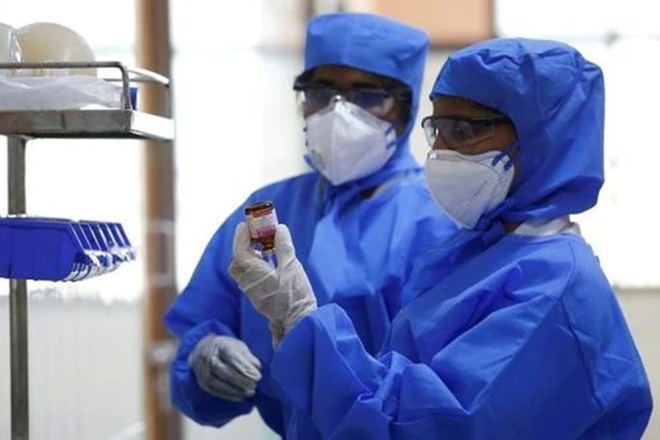By Dr Ajey Lele
Earthquake prediction has not become possible yet, period. However, some research does indicate that very small earthquakes could be viewed as foreshocks and there exists a possibility that such small tremors could be followed by a bigger earthquake. Past history does indicate that on some occasions in the past some small earthquakes actually had preceded the moderate or large quakes. Though, the science of seismology is not able to provide a full scientific explanation for this.
On 12 Apr and 13 Apr 2020, New Delhi and adjoining areas experienced moderate tremors from earthquakes which were 3.8 and 2.7 magnitudes on the Richter scale, respectively. Delhi is located in seismic zone 4. There are four levels of seismicity for India in terms of zone factors (Zone 2, 3, 4 and 5). Zone 4 is known to be the High Damage Risk Zone. The process of following earthquake resistance protocols, while undertaking construction work has begun only recently and obviously every building in Delhi is not earthquake resistant. As per some estimates, possibly 80% of buildings would not be able to bear a severe earthquake, if it hits Delhi.
Today, when India is already under the grip of a major catastrophe called COVID-19, imagine what may happen, if the country, unfortunately, witnesses some other major disaster too? The purpose of this article is not to create some sort of the fear psychosis, but to project some possibilities which we should be well aware of. For any administration, it is extremely important to remain prepared for various possible eventualities and the likelihood of any country requiring to witness two natural disasters together, just cannot be ruled out. For the last few years, some researchers who study climate change have often argued that disasters need not necessarily come one at a time. There is a possibility that multiple hazardous events could happen simultaneously. For example, there could be a server cyclonic storm passaging over coastal Andhra Pradesh and simultaneously, another major storm hitting Mumbai and coastal Konkan.
Imagine a situation, when a country has to witnesses a major natural disaster in near future, particularly when the entire focus presently is on handling COVID-19 crisis. The peculiarity of such challenge (two disasters together) would be a situation when one of the disasters involves the spread of communicable disease like coronavirus. Today, India’s disaster management agency is capable of handling various disasters. However, it would be very difficult for any agency to address two disaster situations concurrently and that too one involving a transmissible virus.
The major challenge in COVID-19 situation is about restricting the spread of infection. Image a situation when owing to a major earthquake, there is a possibility of many people becoming homeless suddenly and many of them would have various categories of injuries. Under such situation, protective mechanisms like ‘stay at home’ and ‘social distancing’ would have no meaning. In case of any major earthquake situation, procedures like contact tracing etc would become futile. Today, we do not have enough PPEs for handling COVID-19 cases. In case of multiple disasters at a time there could be a need for PPEs for all disaster management volunteers.
In India, April-May is a period of pre-monsoon. There would be different weather pattern over peninsular India, while NE India would have heavy Kalbaisakhirains and western part of India would be suffering from dust and sandstorms. There are guesses that COVID-19 crisis could continue for the next few more months and even there could a be the possibility of the second wave of this disease spread. This means, broadly, India needs to remain prepared to handle the COVID-19 crisis during pre-monsoon and South-West Monsoon period. Already, in various cities owing to the overcrowding of hospitals, the process of building up medical facilities at open grounds and sports stadiums have begun. There is a need for the local administration to keep in mind the vagaries of monsoon. If these facilities are not well secured then difficulties could arise, say in case of any major weather-related event like dust storms, flash floods, cyclonic storms etc in regards to controlling the spread of infection.
Broadly speaking, the possibility for coming together of multiple disasters simultaneously appears to be low. But, so was the possibility of pandemics taking toll of the entire world at the same time. COVID-19 crisis demonstrates that the world is finding it very difficult to handle this major calamity. This is essential because we were not prepared for this. It is important to realise that, it could be less, but still some probability does exist for the concurrent occurrence of two or more natural disasters.
Hence, there is a need for policymakers to factor such possibilities in their planning and prepare accordingly, as far as possible.
(Author is a Senior Fellow at MP-IDSA. The views are personal.)

